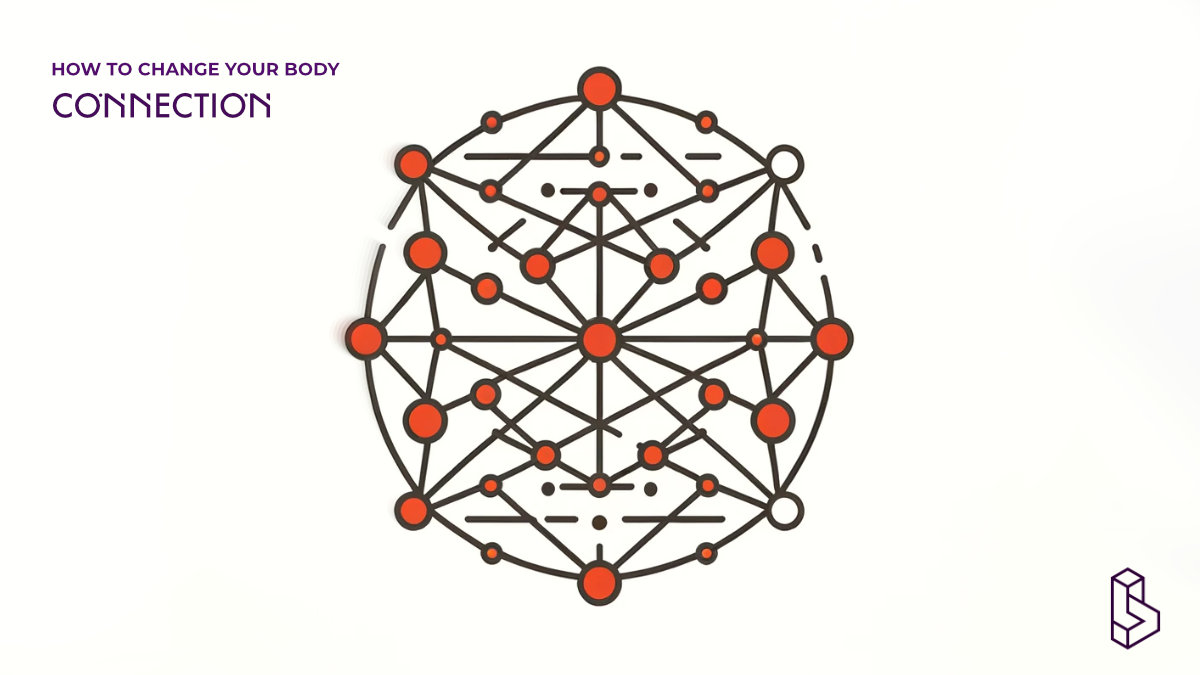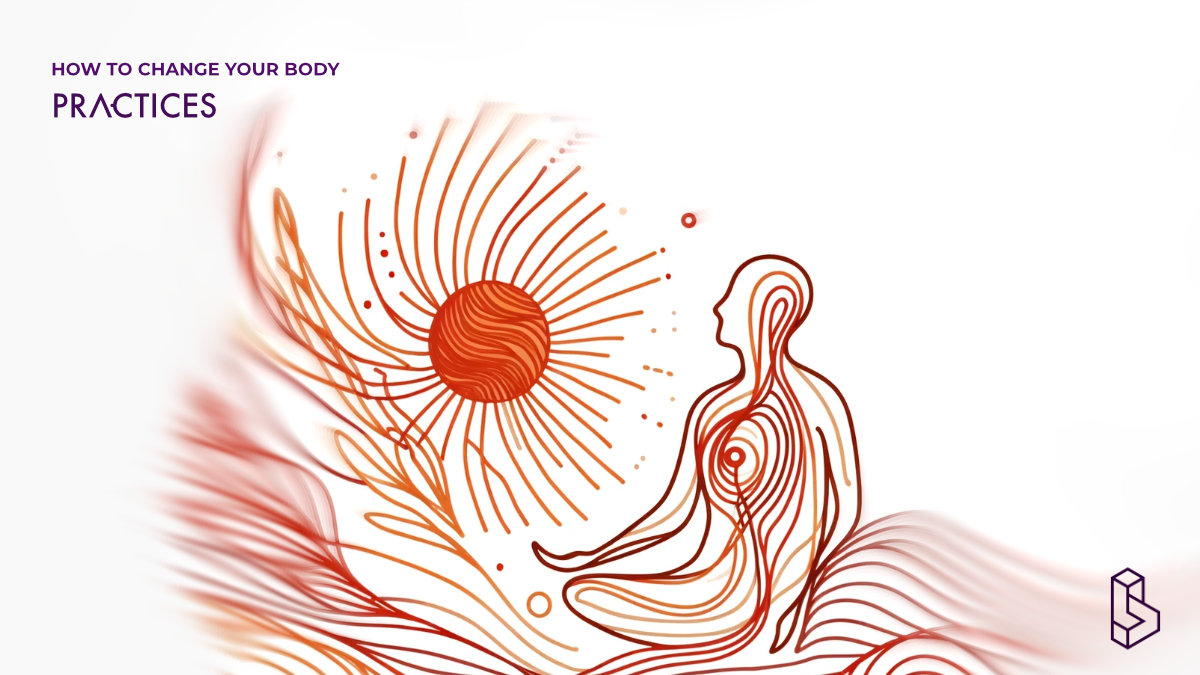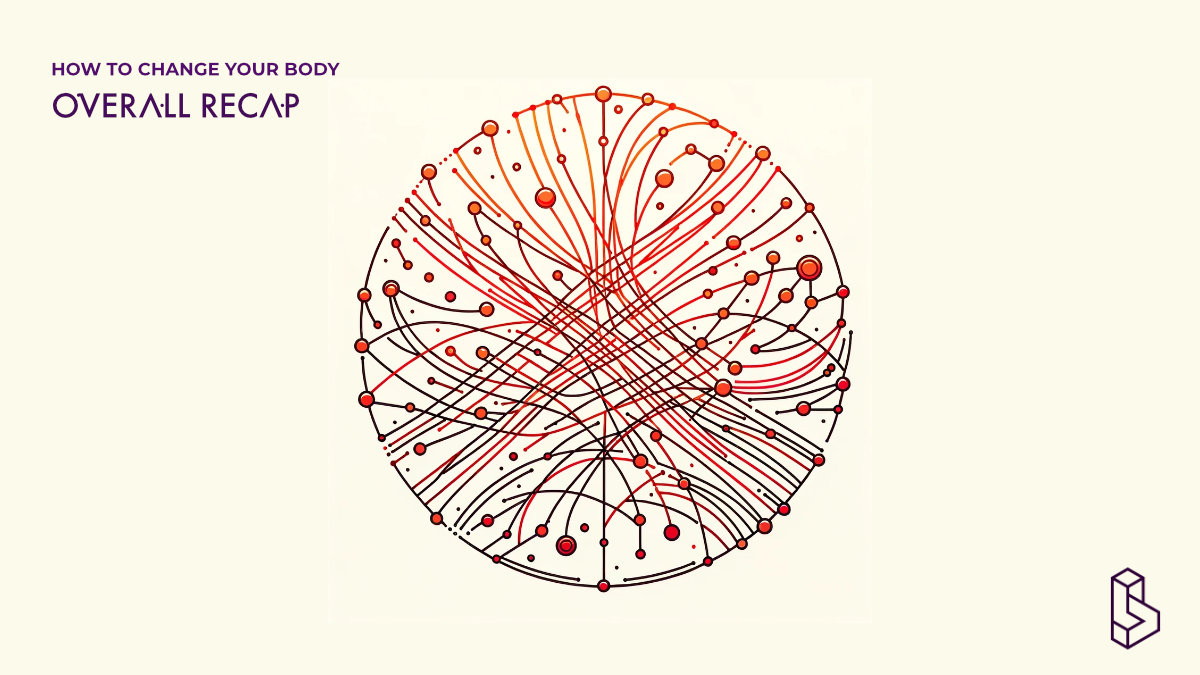How to Change Your Body by Saga Briggs explores the profound yet overlooked link between bodily awareness, social connection, and mental well-being. Briggs guides readers through rigorous research and moving personal stories to argue that symptoms of common afflictions like depression, anxiety, and addiction may originate from a disconnection between mind and body exacerbated by alienation. Techniques like psychedelic-assisted therapy, synchronous movement, and energy work can help restore presence and reconnect us to ourselves and others. For those facing mental health challenges or simply seeking a deeper sense of embodiment and community, this book insightfully examines interoception as an eighth sense fundamental to human flourishing.
Summary Review of How to Change Your Body

Author: Floris Wolswijk is the founder of Blossom. He started Blossom in 2019 to help translate psychedelic research to a broader audience. Since then, he has grown the database to encompass 2000 papers and hundreds of other valuable resources. Floris has an MSc in Psychology and offers psychedelic-assisted coaching at FLO.
What if losing connection with ourselves is the underlying cause of all that ails the 21st-century person? Our soul is drawn into a screen, and like a dementor, it sucks out the joy and repackages it as bits and bytes to be consumed in dopamine hits lasting seconds, for hours on end.
What if we’re disconnected from our bodies but can regain that connection with a plethora of skills, from dancing to psychedelics? In How to Change Your Body, Saga Briggs provides the reader with the problem, various solutions, and her own personal healing journey.
It’s a book that comes at a pivotal time in human history. A precipice, a meaning crisis, and a time of technological marvel like never before. As a species, we’re more prosperous than ever before. Can we translate this into connectedness?

Disconnection – The Problem
Through the lens of connectedness, Briggs investigates the different psychological ills that plague humankind. She explains how we’ve lost touch with our body signals and explains symptoms like stress, addiction, loneliness, and schizophrenia through a lost (predictive) model of those signals.
Throughout the book, we witness her conversations with researchers to investigate the issues and underlying causes. Researchers from Gül Dölen to Kristina Oldroyd explore the connection between (lost) social contact, (lost) introception, and psychological issues. Though the book also touches upon the brain mechanisms underlying the issues, it is always connected to how behaviours (alone or socially) impact them. Put differently, the frame of the book is always at the psychological level (versus the neurological, i.e. the ‘psychiatric’ lens).
Zooming in on one of the topics, eating disorders are examined as a lost trust between the mind and the body. “This ‘trust’ is key, and hints at a facet of interoception that frequently predicts the onset of eating disorders: diminished body trust. … Studies have identified diminished body trust (or interoceptive reliance, as some researchers phrase it), and particularly “not feeling safe in one’s body,” as the central bridge between interoception and eating disorder symptoms.”
With the problems examined, the book now examines how we can get more connected.

Connection – The Solutions
Briggs shares her story of overcoming an addiction to alcohol. Many of the experiences highlight the connection with other people, and most of those experiences are sober. At other times, the experiences are supplemented with psychedelics (including MDMA), and the connection section starts with her experiencing trust in her body she had lost before: “This time the bodily feeling came with an insight: I had the sense that it was safe to approach and be approached by others. There was no need for defenses, specifically because I trusted myself so much that I felt I could handle anything. I had the thought, ‘Compassion is the only defense I need”.
On the topic of authenticity, the push and pull between authenticity and attachment is highlighted. Briggs asserts that we have to honour both aspects, but authenticity (and thus our body connection) ofte gets snowed under when trying to fit in (attachment). If we constantly suppress our inner signals for outer harmony, internal dissonance builds up. And without internal coherence, true connections can’t be built.
Attachment, nature, kama muta (being moved by love), and peak experiences are some of the other solutions to our lost connection that are presented. In several of these sections, the research on psychedelics is featured, showing how these compounds can help facilitate inner harmony. If I read between the lines and put on my own psychedelic research enthusiast hat, I see removing barriers as a recurring theme. It’s with psychedelics (but also walking in nature and dancing) that we can let go of the (broken) story that we’ve been telling ourselves and return to a more cohesive and helpful story of who we are. It is a story told at a very rational level, but maybe even more so at the body level.
The maladaptive connection with the body can take (at least) two different shapes. It can sever the connection between what the body says and what the mind reacts to (e.g. ignoring pains or hunger signals). Or it’s an overreaction to whatever signals the body sends upstream (e.g. interpreting a faster heartbeat as a heart attack instead of a ‘normal’ reaction to walking up a hill). Brushing with a much too broad stroke, I think you can define the first group as depressive and the latter as anxiety-related interpretations of body signals.
A commonly held theory of psychedelics is that they help open up opportunities for learning or adaptation. At different levels of explanation, it’s called neuroplasticity, increasing entropy, or critical learning period. Patients can revisit the past and rewrite the story when used in a therapeutic setting. It allows them to experience the past in a way that recontextualises it, also at the bodily level.
Through different interoceptive mechanisms, Briggs explores various ways one can connect with one’s body. Each offers a unique way of building trust in an age of disconnection. The final two sections turn towards the practical application of these insights.

Practices – Getting Practical
In the book’s final section, Briggs explores several tools we can use to practice interoception. It starts with a scale on which we can measure the level of interoception, followed by several attentional strategies (e.g. body scan, yoga, and focusing). Somatic practices like the Alexander method and Hakomi are also briefly discussed.
The book ends with two lists of practices, one with techniques discussed in the book (e.g. body oneness perspective and compassion) and one with a toolkit of practices Briggs has developed for herself for her own interoceptive connection purposes. The latter list features techniques like creating a buffer, appraising incoming sensations, and not constantly reacting to every incoming signal.

Overall Perspective on How to Change Your Body
Leaving the body and returning to my head, I’m now much more informed about the different ways we lose connection and the ways we can regain it.
But in a certain way, the book reads more like a recipe, or in the psychedelic realm as a trip report, than a fully formed meal. The connection section is by far the largest chunk of the book and expertly explores the different components that deal with (inner) connection, but to me, there is no red thread connecting all of them. One author that comes to mind is Malcolm Gladwell, who expertly weaves a thread through disparate stories and finds the underlying theme connecting them (maybe sometimes too expertly).
I think a thesis like the one presented in the book would be enhanced by more of an ongoing thread versus plucking apart the different components one by one. Still, this is your very best introduction to interoception and one that is very well connected with the current state of psychedelic research.
Publisher Summary
“How to Change Your Body provides an enlightening discourse on the missing piece of the mind-body relationship — our need for social connection. What if symptoms from some of our most common afflictions—everything from depression and anxiety to addiction and PTSD—could be traced back to a disconnection from our bodies? How to Change Your Body explores this provocative question through a rigorous yet playful collection of interviews with scientists, somatic workers, and artists from around the world to uncover the social-emotional aspects of so-called mental illnesses. Saga Briggs is our compassionate guide, pairing peer-reviewed research with moving personal vignettes about her journey away from alcohol dependence to draw a profound link between bodily awareness, social connection, and mental well-being. Interoception, regarded by some as our eighth sense, is fundamental to human health and, Briggs argues, lies at the heart of many techniques shown to improve our relationships to ourselves and others, including psychedelic-assisted therapy, synchronous movement, and energy work. Whether you are facing a mental health diagnosis or simply yearn for a deeper connection to yourself and your community, How to Change Your Body offers a potent antidote to alienation. Through remembering our bodies in all of their intricacy, we can increase our capacity for presence, reconnect with others, and begin to heal.”

